Google won't tell me why the Pixel 8 Pro doesn't make me sick
The company is strangely secretive about its display tech.
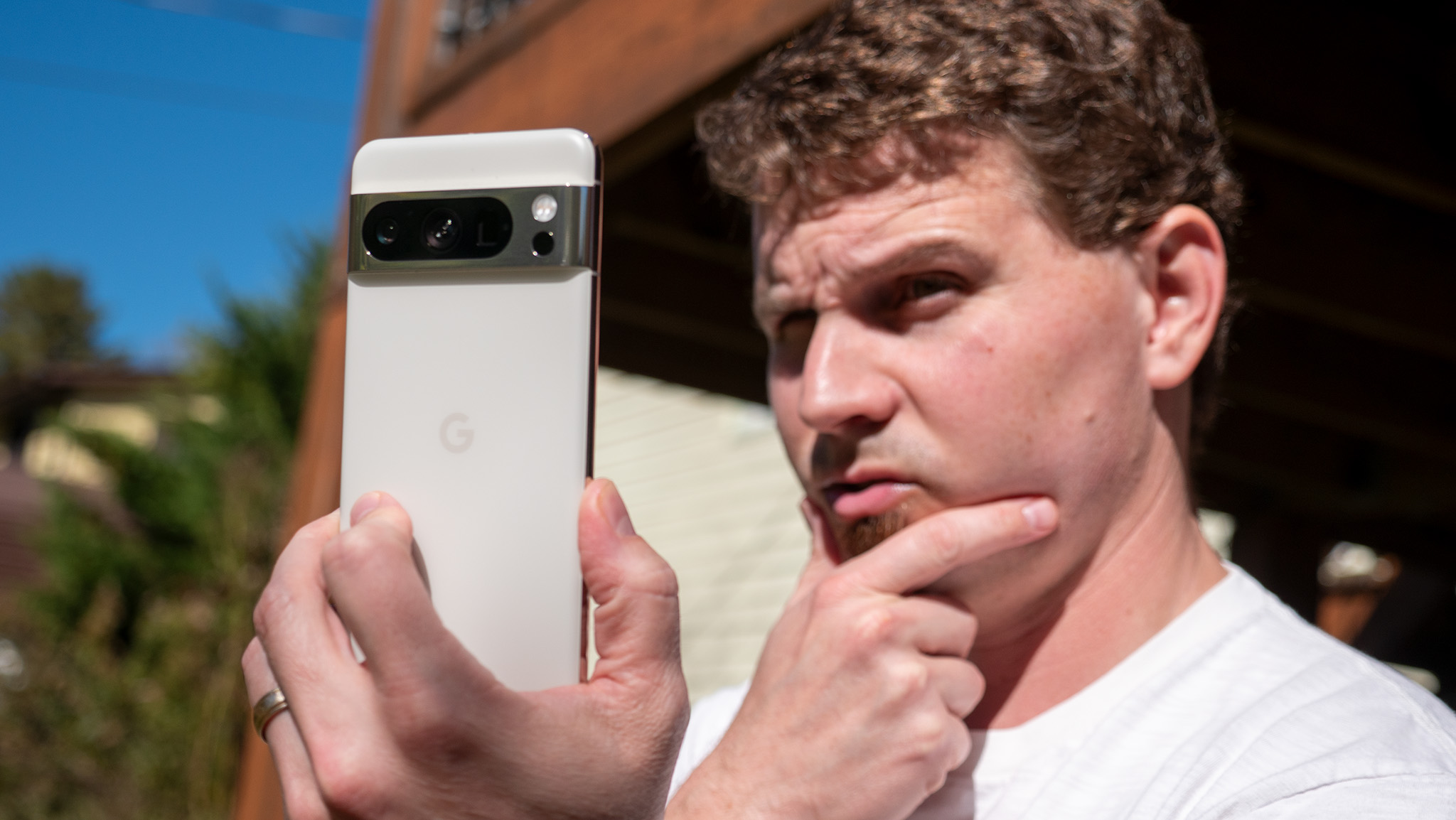
Are you allergic to anything? If you're like most people, you probably have at least one allergy that keeps you from enjoying all the same things as some other people. But what if, one day, your allergy suddenly disappeared with no explanation? To make things worse, you're still affected by the allergy most of the time; it's just one particular scenario where the allergy seems to be gone.
That's the boat I'm in right now with the Google Pixel 8 Pro, a phone that, by all rights, should make me want to throw up immediately. Google has used Samsung AMOLED displays on its Pixel phones since the inception of the product line, and each of these phones uses Pulse Width Modulation (PWM). That's a display trick that's designed to fool the human brain into thinking the display is brighter or dimmer by flickering the display on and off several hundred times per second.
But, for some unknown reason, the Pixel 8 Pro's flickering display doesn't negatively affect me at all.
While this would be fine and dandy if Google did something specific to fix its problem. In an email response, the company said it has no comment and wasn’t willing to talk about it. I've also emailed Samsung many times over the past few months, and the company has mostly given me a handwringing response most of the time.
The best I've gotten out of Samsung is that the company is "evaluating this topic internally and with our manufacturing partners as we consider potential future updates."
That's potentially good news for its customers, but will it actually result in important action taken by the company to ensure PWM-sensitive folks can continue buying high-end phones, or that it will try to make displays that don't cause more people to become sensitive to flickering light? I'm not sure, and the response we've seen from Google, Samsung, and even Apple tells me that none of these companies wants to be bothered by it.
Secrets and lies
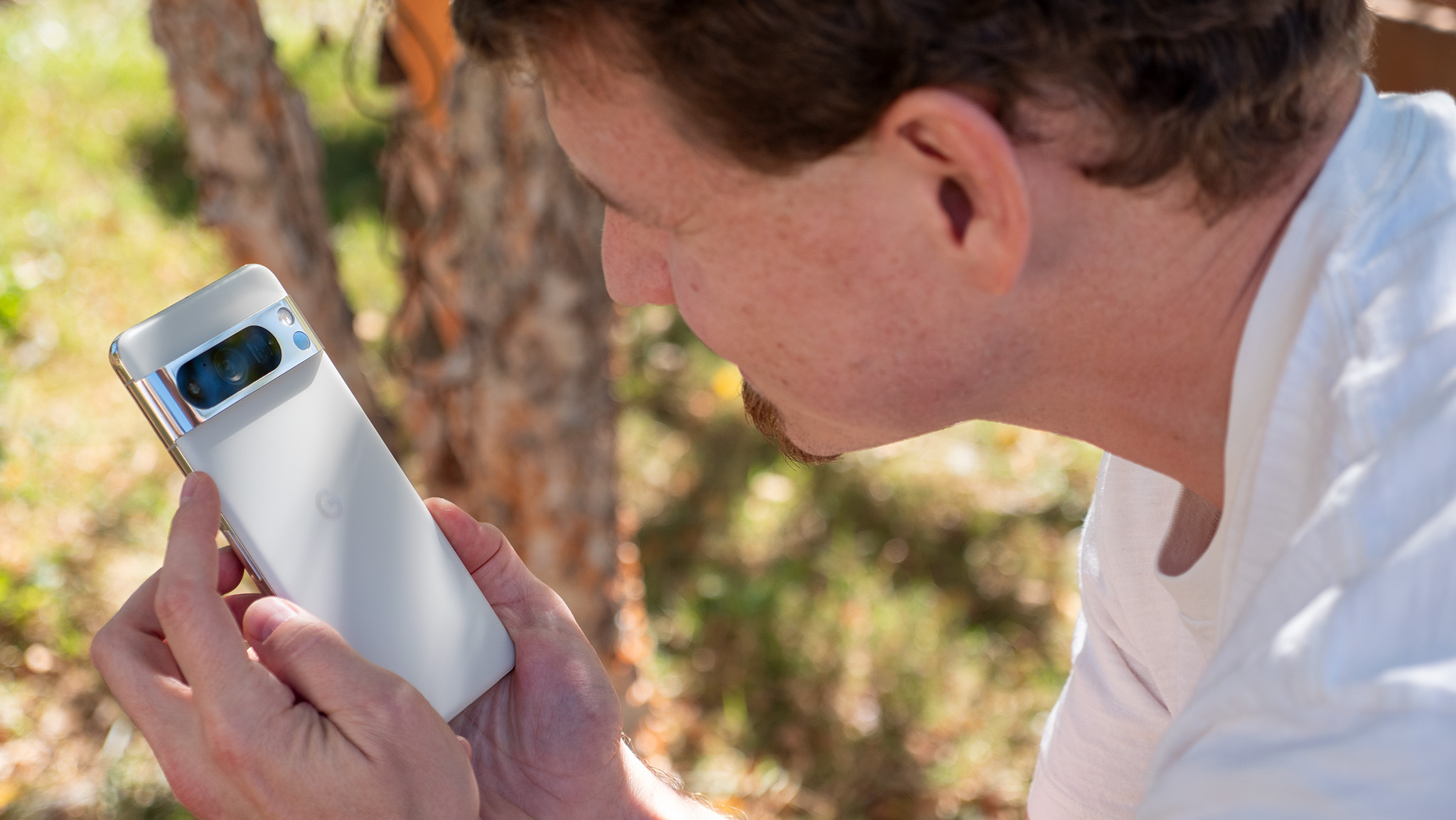
Like nearly all the best Samsung phones, the displays Samsung makes for Google's Pixel phones flicker at a dangerously low rate of 240Hz (that's 240 times per second). I say dangerous because these displays don't follow the advice of the IEEE flicker-safe specs. There are also a number of newly published research papers that back up this data, suggesting even the IEEE didn't go far enough in its safety ratings.
Be an expert in 5 minutes
Get the latest news from Android Central, your trusted companion in the world of Android
Meanwhile, display manufacturers like BOE are making displays that push the limits of PWM dimming, using refresh rates that are ten times what Samsung is using. That better ensures sensitive users can actually use high-end phones. Otherwise, only entry-level phones are using non-flickering displays these days, forcing users into a rather awful place.
Companies like BOE and Visionox are pushing PWM rates higher and higher. Why isn't Samsung and, by proxy, Apple or Google?
Historically, I haven't always been sensitive to PWM dimming. I've been reviewing phones for 12 years now — and plenty of those phones used flickering OLED displays — but I've only become sensitive to this flickering in the past year. While I'll likely never know for certain, my best guess is that my eyes and brain are simply tired of all the flickering LEDs that now invade our lives.
Companies like BOE and Visionox have been working specifically to help alleviate problems like this and prevent more users from falling into that "flicker-sensitive" category that I now find myself in.
Samsung, on the other hand, continues to introduce more and more displays with low PWM rates, making me feel like they simply don't care.
I asked Samsung about what BOE is doing and if the company will be adding to its PWM research and development, and in an email, the company said, "Samsung does not have a comment at this time."
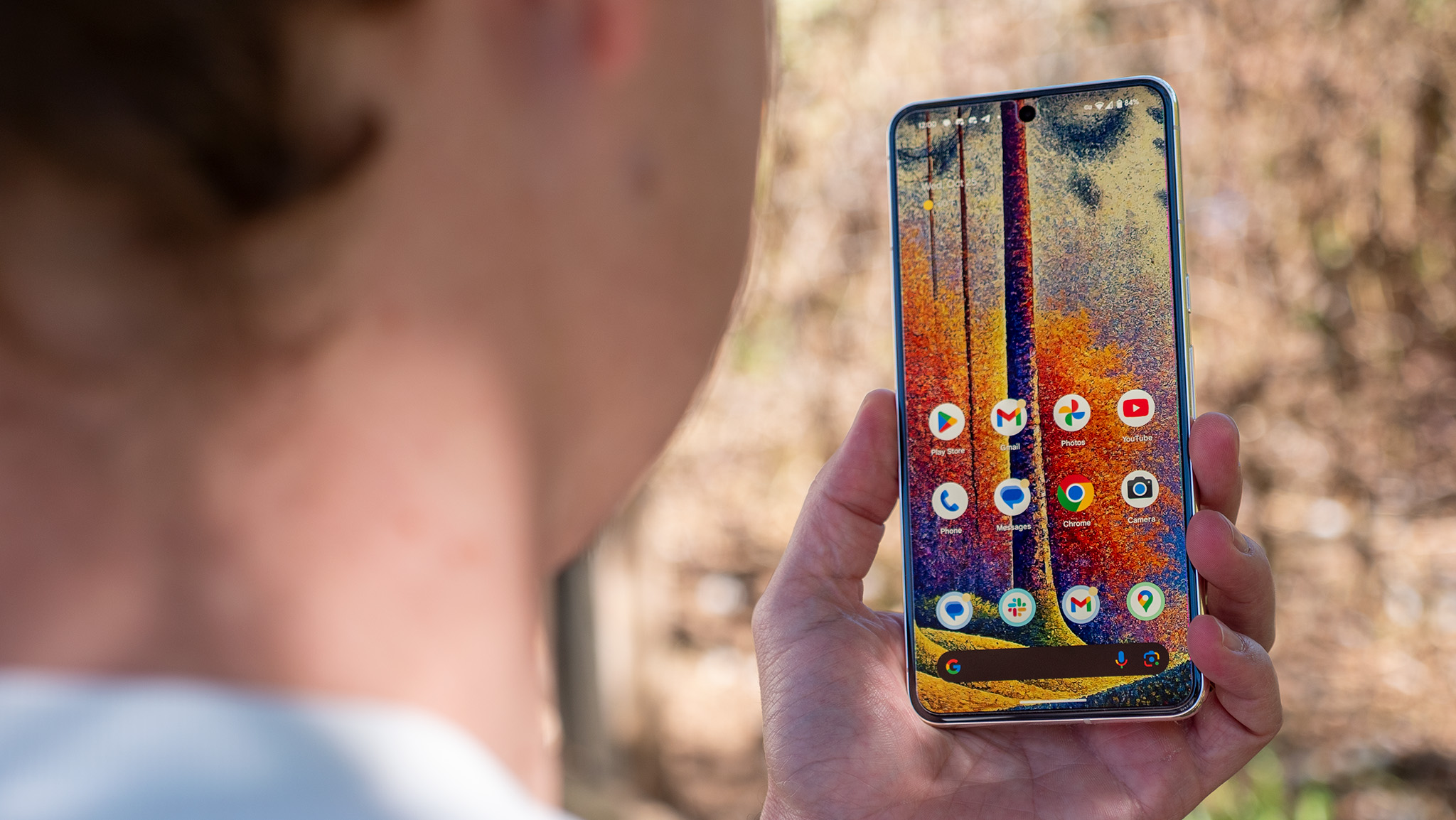
To make matters worse, we almost had a Pixel 8 Pro with the same 480Hz PWM frequency as an iPhone, but Google stealthily changed things in an update. When I asked Google about the phone's PWM rate and what might have been done differently, the company told me it had nothing to share.
The Pixel 8 Pro shipped with a higher PWM rate than Pixels historically have had, only to have that number cut in half with the October security patch.
When you unbox a Google Pixel 8 Pro right now, you'll find that it uses the September 2023 Android 14 update. This isn't actually the final version of Android 14 since that didn't launch until October, meaning the Pixel 8 Pro ships with a prerelease version of the OS.
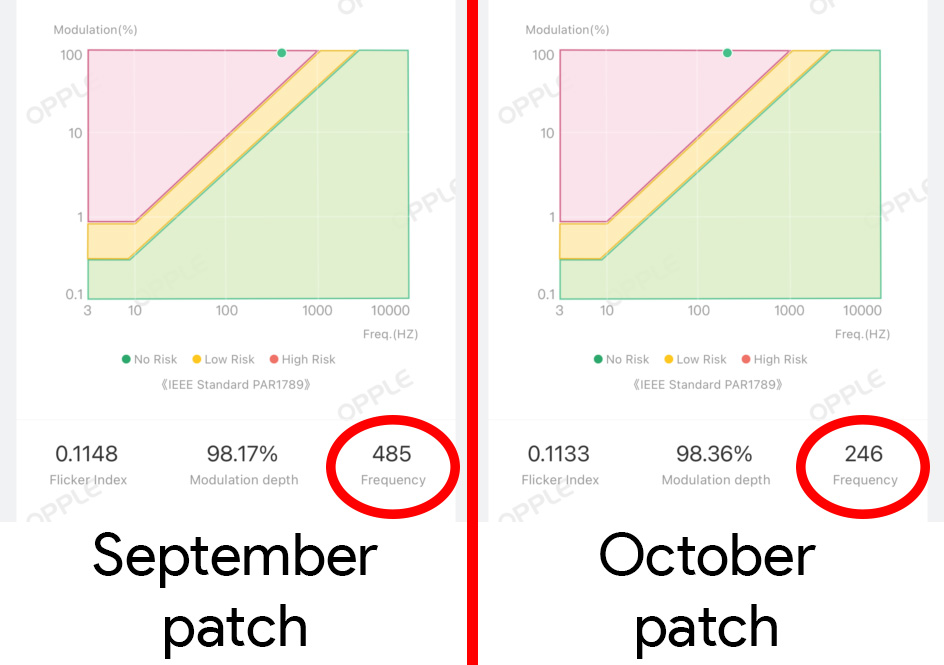
One user of the PWM-sensitive community dug in a little further and found that the September update actually uses a different PWM rate on the Pixel 8 Pro's display than the October update. In fact, Google looks to have originally shipped the Pixel 8 Pro with a PWM rate of 485Hz. That matches most iPhone's PWM rates and is a far safer rate than the 240Hz that it drops down to after updating to the October patch.
So why would Google adjust this spec after shipping it with a different spec? I'm certainly not advocating that Google or Samsung are intentionally harming their users, but this strange change brings up a lot of questions. And it also makes me wonder why neither company wants to talk about the real issues.
And, again, the strange thing is that this display doesn't bother me, even while running at 240Hz. Based on the feedback in the PWM community, I'm one of the few lucky ones who can use a Pixel 8 Pro without negative effects.
I've run measurements with my light meter, tried all sorts of different experiments, and even consulted the PWM-sensitive community on the matter. Yet, no one seems to understand why, after using the phone for most of October, I can use it all day without feeling awful.
What can be done?
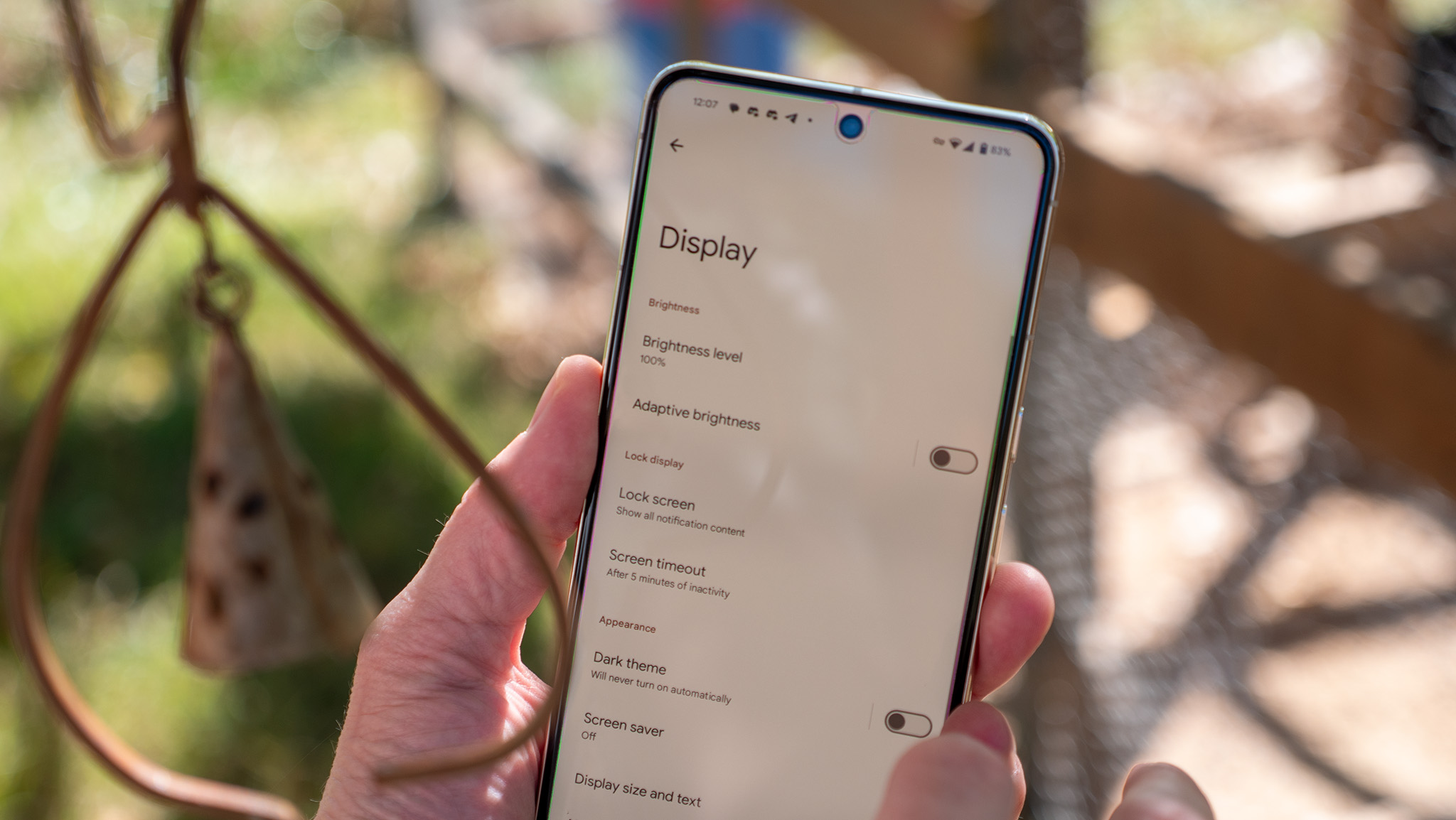
At this point, PWM-sensitive users who are interested in picking up a Google Pixel 8 Pro can keep the Pixel 8 Pro on the September update and try the phone at 485Hz. That'll likely help some users as it's the same rate Apple uses on most OLED-powered iPhones.
If you've already updated, you can always flash the September 2023 factory images on your phone to get the better rate back. Just keep in mind that doing this resets all the data on the phone, so ensure everything is backed up before proceeding.
Obviously, though, that's not a long-term solution as it means you'll be missing out on important security updates and Pixel Feature Drops over time. If you're lucky like me, maybe the updated 240Hz rate won't bother you for some odd reason.
It's possible that putting pressure on Google will get them to revert to the initial 485Hz PWM frequency the Pixel 8 Pro shipped at, but I'm not holding my breath.
Nothing about the Pixel 8 Pro's display should work for my eyes. Yet, for some strange reason, it does. Don't get me wrong, I'm really happy about this, especially considering the camera is so darn good. But it doesn't help me out in the long term and it doesn't help explain why things are different enough to work for me as a PWM-sensitive user.
Hey, Google. I'd love some answers right about now. Thanks.
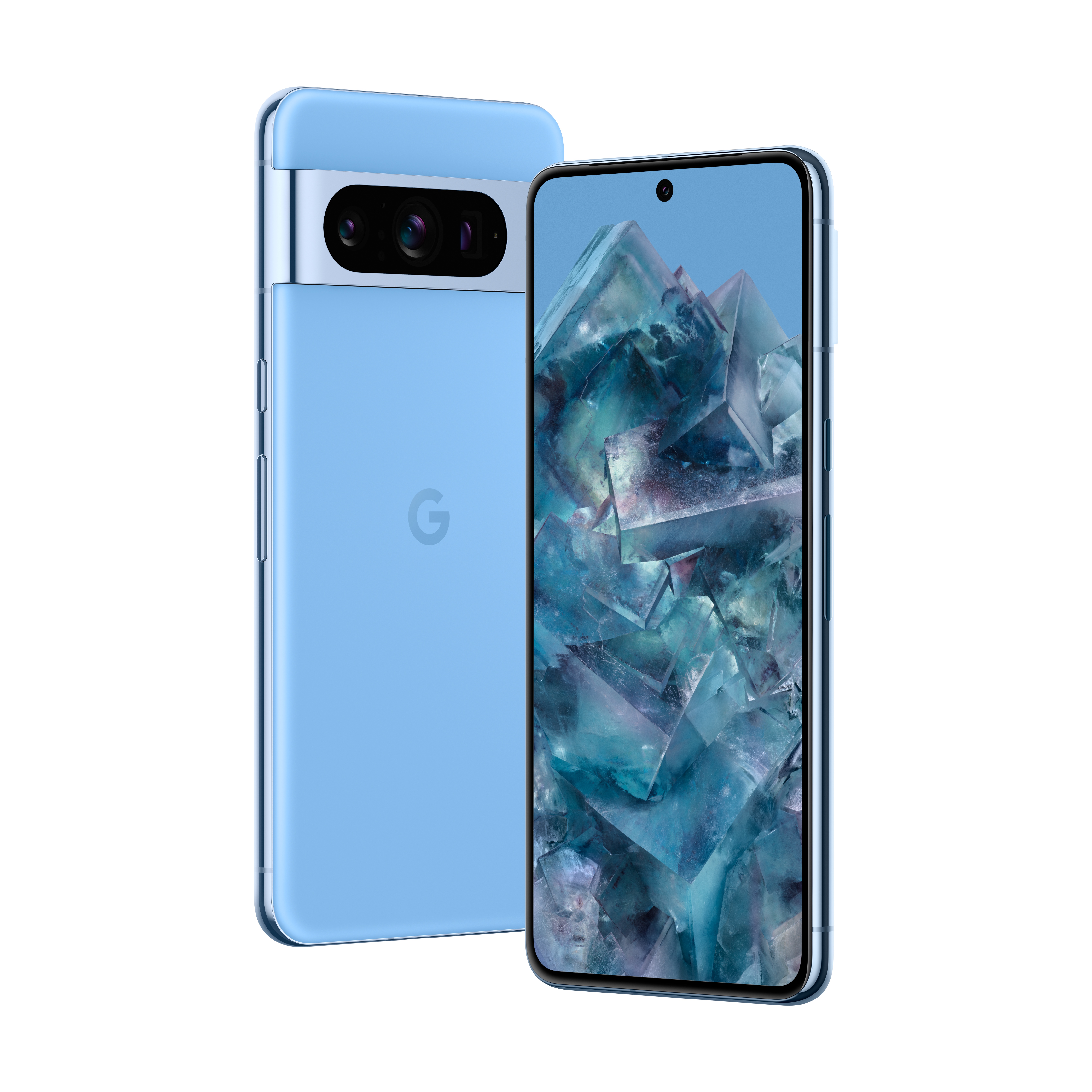
So long as the display doesn't bother you, the Pixel 8 Pro is the best flagship Android phone you can buy for the price. With tons of great AI features, the best smartphone camera ever, and a newly redesigned package, the Pixel 8 Pro will wow you every time you pick it up.

-
Gollygeewillikers The screen looks amazing in person. I played with the 8 and 8 Pro at a Best Buy, and the Pro is superior (it even has better blues, like a Samsung S series screen). I didn't notice any PWM side effects on the 8 Pro. But maybe the display units are not on the latest version. Please keep us updated if you learn more.Reply -
Edwards2525 Oddly enough I have eye strain issues with my iPhone 14 Pro. Started with the 13 Pro. I am having no issues so far with the Pixel 8 Pro.Reply -
Cordonbleu Maybe they lowered the PWM frequency from 485Hz to 240Hz to reduce battery usage of the display?Reply -
Luceino Hi all, is the display OK even without workarounds as 100% system brightness and dimming 3rd party apps? It's unclear from initial review (even though this latest article seems to point to first option)Reply -
Gollygeewillikers Reply
Any updates? ThanksAC News said:Google's Pixel phones have had some pretty terrible displays in the past, but the Pixel 8 Pro's new display seems to be better for sensitive users. Problem is, we don't know why and Google won't say, either.
Google won't tell me why the Pixel 8 Pro doesn't make me sick : Read more
